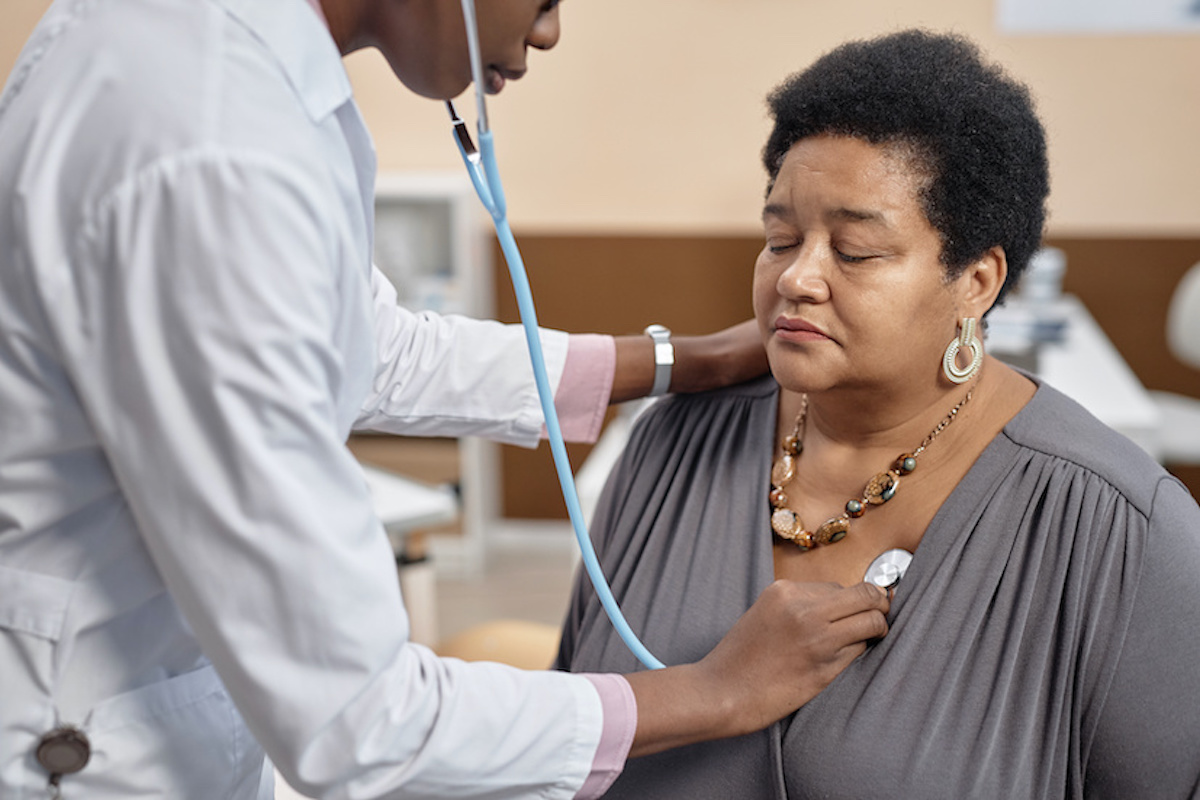When a person has fainting symptoms but does not actually faint, it is known as presyncope. Holiday stress can precipitate this condition. Presyncope is the stage before fainting, which can make someone feel lightheaded, weak, warm, sweaty, or nauseous. Heart palpitations and blurry vision may also occur.
Many conditions and circumstances can cause presyncope. The most common causes do not relate to heart problems and include side effects of medications, dehydration, or stress. However, sometimes, heart conditions do cause presyncope.
What is presyncope? Syncope is the medical term for fainting. Presyncope, or near syncope, means a person has almost reached the point of fainting. It is the stage that occurs just before losing consciousness. Someone with presyncope may feel the effects for seconds or minutes. Some people believe that presyncope is less serious than syncope, but this is not necessarily the case. Some causes of presyncope are relatively mild, while others can be life threatening.
Symptoms of presyncope: A person having a presyncope episode may experience:
- dizziness and lightheadedness
- a feeling that the room is spinning
- blurry or tunnel vision
- nausea or vomiting
- headache
- sweating
- heart palpitations
- abdominal discomfort or stomach ache
- confusion or disorientation
- slurred speech
They also have an increased risk of falling, even if they do not actually lose consciousness.
Causes of presyncope: A reduction in the flow of oxygenated blood to the brain can result in presyncope. This reduction is known as cerebral hypoperfusion. This can occur for many reasons, but broadly, the causes can be due to cardiac or noncardiac factors.
Noncardiac presyncope: This is the most common type of presyncope. It includes vasovagal presyncope, which occurs because of the vagus nerve. This is a large nerve that runs from behind the throat down through the abdomen.
If the vagus nerve becomes overactive, it can result in low blood pressure, reducing blood flow to the brain. A common cause of this is orthostatic intolerance. This is where a person experiences symptoms, such as dizziness, from standing due to insufficient blood flow. A person experiences orthostatic hypotension when their blood pressure reduces by at least 20 millimeters of mercury (mm Hg) systolic, or 10 mm Hg diastolic, within 3 minutes of standing or sitting up.
Some factors that make presyncope more likely include dehydration, bed rest in older adults, certain medications, such as those that affect blood pressure or fluid levels, underlying conditions, such as those that affect the nervous system. In some people, stress or strong emotions can also trigger presyncope.
Cardiac presyncope: Presyncope can occur due to mechanical problems with the heart, or an irregular heart rhythm. If this is the case, presyncope could signify a more serious condition. A person with cardiac presyncope may experience palpitations. It can happen while they are sitting, lying down, or exercising.
To diagnose presyncope, a doctor will ask about a person’s symptoms, review their medical history and any medications they take, and perform a physical examination.
If someone has symptoms when they stand up too fast, the doctor may ask them to sit down and stand up to see if they have orthostatic intolerance.
As there are many causes of presyncope, a doctor may first try to rule out life threatening causes. This may involve tests to check the function of the heart, such as an echocardiogram.
Treatment for presyncope varies depending on the cause and severity of symptoms. For example, it could involve fluids and rest for dehydration, or medication or dosage changes for side effects of drugs.
A doctor may also suggest physical counter-pressure maneuvers to stop the symptoms. A 2020 systematic review suggests that this way of moving a person’s body into different positions could stop them from fainting during an episode of presyncope. If the cause is harder to identify or presyncope keeps happening, doctors will need to investigate further. If they believe a person is at risk of adverse outcomes, they may decide to admit the individual to the hospital.
Other conditions: The symptoms of presyncope, such as feeling lightheaded, hot, or weak, can be similar to those of other conditions. Other things that may cause these symptoms include stress or anxiety, anemia, nutritional deficiencies, low blood sugar, heat exhaustion. A doctor will be able to test for or rule out these other explanations.
Summary: Presyncope occurs when a person feels like they are about to faint but do not actually lose consciousness. Someone with presyncope may experience lightheadedness, weakness, excessive sweating, and heart palpitations.
There are many potential causes of presyncope. Most are relatively mild and treatable, but if the cause is heart-related, a person may need to go to the hospital.
Because the causes of presyncope vary so much in severity, it is essential that people who are experiencing presyncope contact a doctor.
Source: https://www.medicalnewstoday.com/articles/fainting-symptoms-but-didnt-faint











